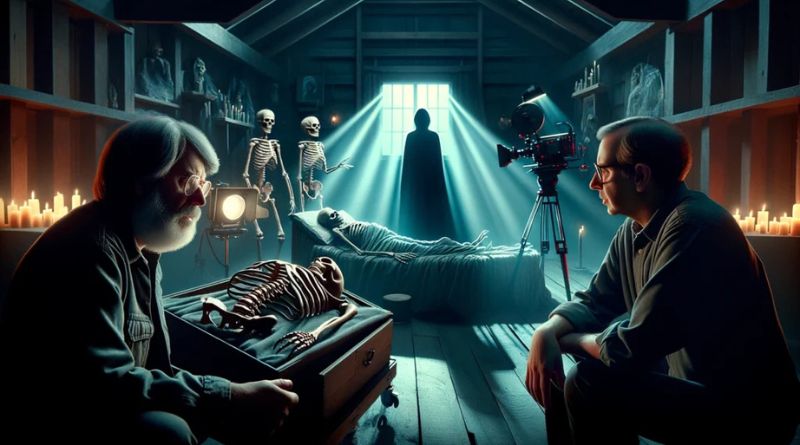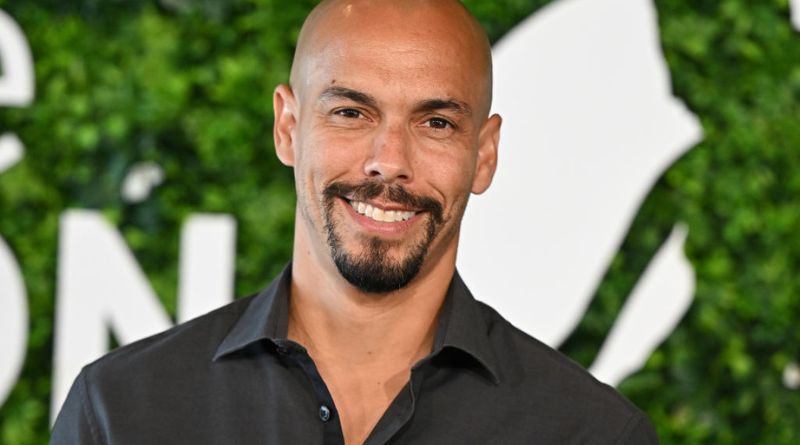The 1982 horror classic Poltergeist, directed by Tobe Hooper and produced by Steven Spielberg, is well-known for its spine-chilling narrative about a family tormented by supernatural forces in their home. One of the most controversial aspects of the film involves the claim that real human skeletons were used during a pivotal scene. This revelation has sparked numerous discussions and debates among fans and film enthusiasts alike.
Table of Contents
The Scene in Question
In Poltergeist, there is a particularly memorable scene where the protagonist, Diane Freeling, played by JoBeth Williams, finds herself submerged in a pool of muddy water surrounded by skeletons. This scene is intended to convey the film’s haunting atmosphere, but the use of skeletons took the horror to a different level.
The Controversy
It has been reported that the filmmakers used real human skeletons instead of prop skeletons. At the time, the production team opted for real bones due to cost and availability issues—real skeletons were cheaper than high-quality props. This decision has led to much speculation and controversy over the ethical implications of using human remains in a Hollywood film.
Behind the Scenes
JoBeth Williams, who portrayed Diane, has spoken openly about the experience of working with the skeletons. In interviews, she has described her discomfort upon realizing that the skeletons were real. Williams recounted feeling uneasy during the filming, particularly when she was asked to interact closely with the props.
The Reaction
The revelation that real skeletons were used in Poltergeist sparked outrage among some fans and critics. Many felt that it was unethical and disrespectful to use human remains for entertainment purposes, regardless of the context. Others, however, appreciated the level of authenticity it brought to the horror elements of the film.
Cultural Impact
Despite the controversy, Poltergeist has cemented its place in horror film history. The film’s haunting imagery, coupled with its effective storytelling, has influenced countless filmmakers and remains a favorite among horror enthusiasts. The use of real skeletons adds an unsettling layer to its legacy, making it a topic of discussion even decades after its release.
Frequently Asked Questions (FAQs)
1. Why did the filmmakers choose to use real skeletons?
The filmmakers reportedly chose to use real skeletons because they were more cost-effective and readily available compared to prop skeletons at the time.
2. How did the cast react to using real skeletons?
JoBeth Williams, who played Diane, expressed discomfort upon realizing that the skeletons were real. Other cast members had mixed reactions, but the knowledge that they were interacting with actual human remains added to the film’s unsettling atmosphere.
3. Has this practice been used in other films?
While using real human remains in films is rare and generally considered unethical today, there have been instances in the past where filmmakers have opted for real skeletons due to budget constraints. However, most modern productions adhere to strict ethical guidelines regarding props.
4. What are the ethical implications of using real human remains in film?
Using real human remains in film raises significant ethical questions about respect for the deceased and their families. Today, most filmmakers and studios avoid this practice to maintain ethical standards and respect for human dignity.
5. How has Poltergeist influenced the horror genre?
Poltergeist is credited with blending supernatural horror with family drama, setting a precedent for future films. Its effective use of practical effects and unsettling imagery has influenced many horror filmmakers and is often cited as a classic of the genre.
Conclusion
The use of real skeletons in Poltergeist has become a noteworthy aspect of the film’s legacy, inviting both intrigue and ethical debate. While the practice is controversial, it undeniably contributes to the film’s lasting impact on the horror genre. As audiences continue to appreciate the chilling story and haunting visuals, the conversation surrounding its production choices remains an essential part of its history.



